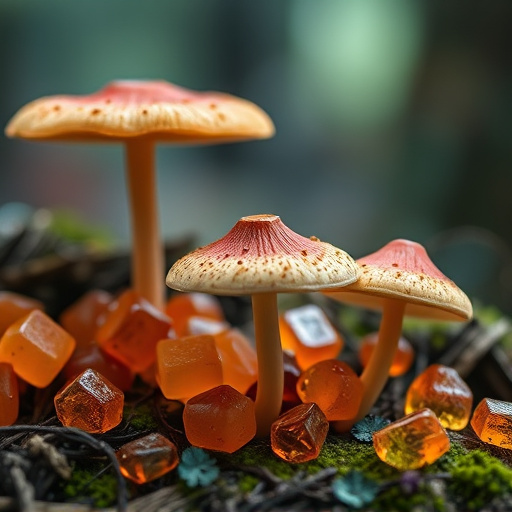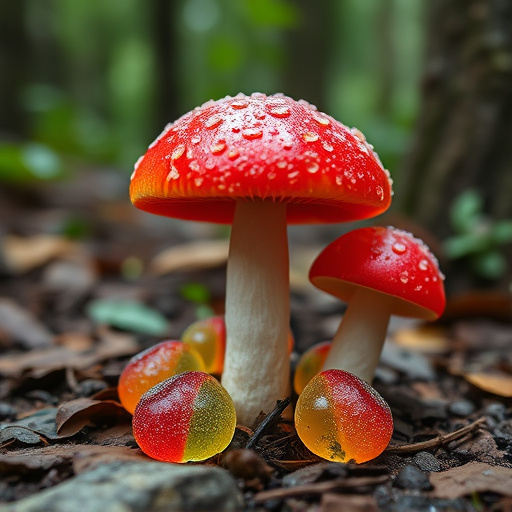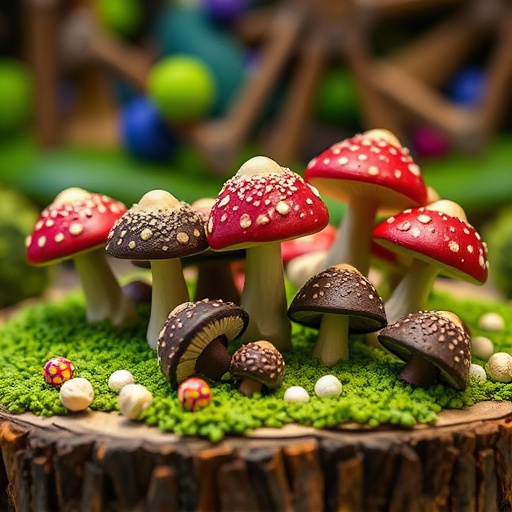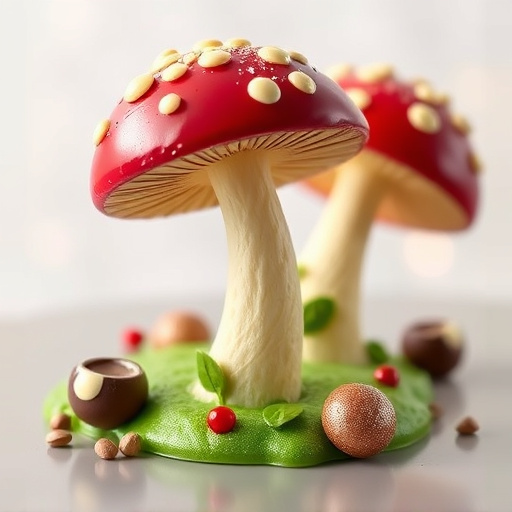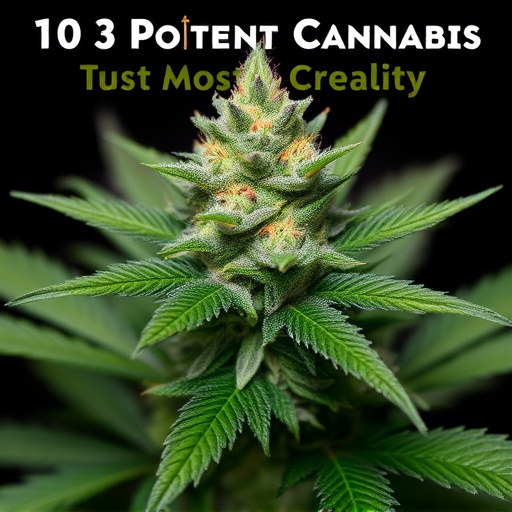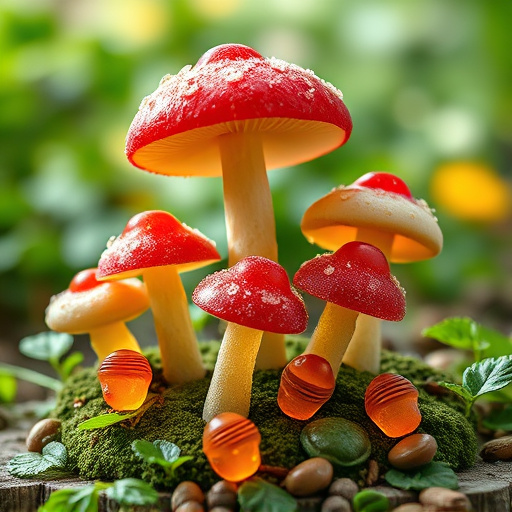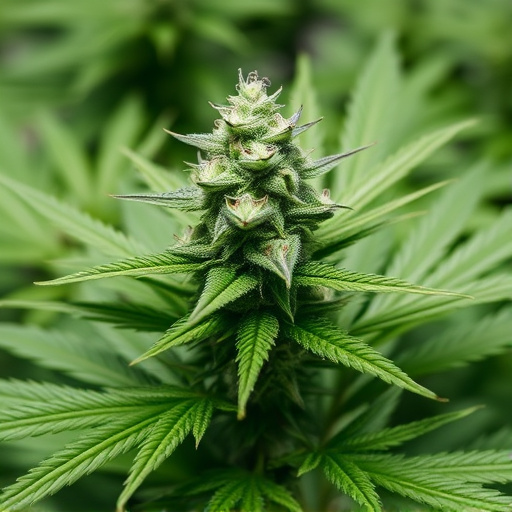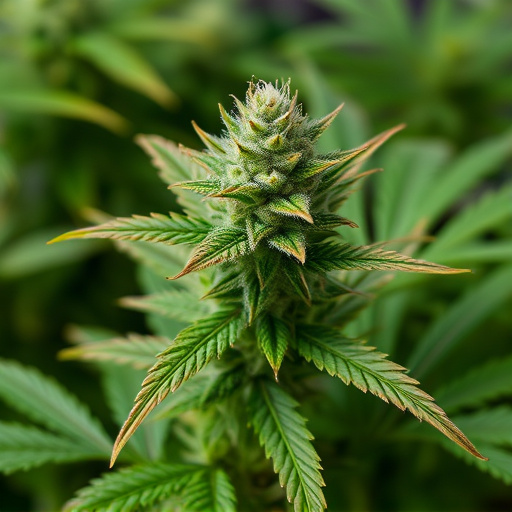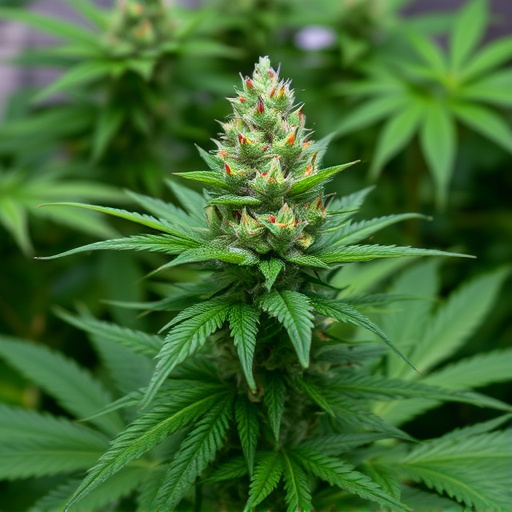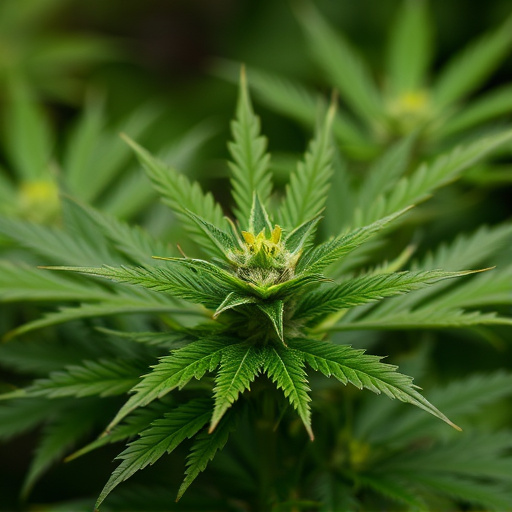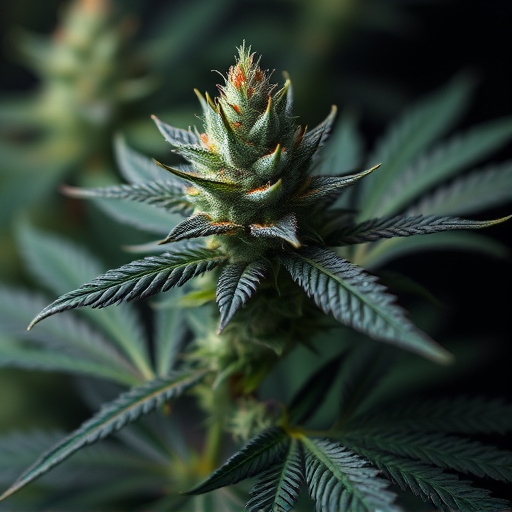Cannabis flower offers a powerful tool in managing PTSD symptoms through its diverse strains and cannabinoid profiles (THC & CBD). Starting with low THC content and gradually increasing is a safe dosing method. Indica strains, popular for their relaxing properties, are ideal for evening use to promote sleep and reduce nightmares. Choosing strains tailored to individual needs involves evaluating unique cannabinoid combinations that interact with the body's endocannabinoid system. Dosing strategies include micro-dosing (1-5mg THC) and tracking effects in a journal to fine-tune intake of specific PTSD-targeting strains for optimal symptom relief.
“Unraveling the art of dosing cannabis flower is essential, especially for those seeking relief from PTSD. This guide aims to illuminate the process, starting with an understanding of cannabis flower and its unique properties in managing PTSD symptoms. We’ll explore various cannabis strains known for their calming and therapeutic effects. Subsequently, we’ll delve into effective dosing strategies, offering insights on finding the perfect balance for optimal results without compromising safety.”
- Understanding Cannabis Flower and PTSD: The Basics
- Evaluating Cannabis Strains for PTSD Relief
- Dosing Strategies for Optimal Results with Cannabis Flower
Understanding Cannabis Flower and PTSD: The Basics

Cannabis flower, with its diverse strains and varying levels of THC (tetrahydrocannabinol) and CBD (cannabidiol), can be a powerful tool in managing conditions such as PTSD (post-traumatic stress disorder). Understanding both the plant’s basics and your specific needs is crucial when dosing. Different cannabis strains for PTSD offer unique combinations of these cannabinoids, which interact with our bodies’ endocannabinoid system to produce various therapeutic effects.
PTSD symptoms can vary widely from person to person, making it essential to approach dosing cannabis flower thoughtfully. Starting with low THC content and gradually increasing as tolerance builds is a safe method. This cautious approach allows individuals to experience the benefits of cannabis while minimising potential anxiety or paranoia that high THC doses may induce. It’s also important to consider the type of cannabis strain for PTSD; indica strains, known for their relaxing properties, are often preferred for evening use to promote sleep and reduce nightmares.
Evaluating Cannabis Strains for PTSD Relief
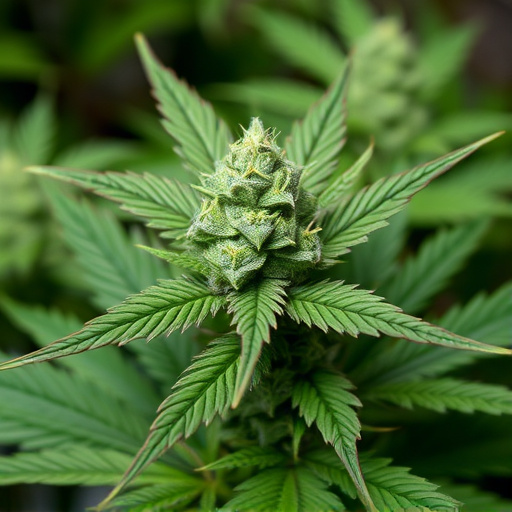
Evaluating specific cannabis strains for Post-Traumatic Stress Disorder (PTSD) relief involves understanding their unique chemical profiles, particularly the levels of cannabidiol (CBD) and tetrahydrocannabinol (THC). Different cannabis strains offer varied effects; some are better suited to induce relaxation without the strong cognitive impairment associated with higher THC content. High CBD strains, for instance, are renowned for their calming properties and potential to alleviate anxiety, making them popular choices for managing PTSD symptoms.
When exploring cannabis strains for PTSD, it’s crucial to consider individual tolerance and preferred effects. Some individuals prefer milder strains with lower THC levels for daytime use, while others might opt for more potent varieties for nighttime relief from nightmares or insomnia. Researching specific strains known for their calming, anti-anxiety, or sleep-inducing properties can be beneficial. Many medical users find that combining different strains or using products with variable CBD:THC ratios allows them to fine-tune their doses and find the most effective treatment for their PTSD symptoms.
Dosing Strategies for Optimal Results with Cannabis Flower
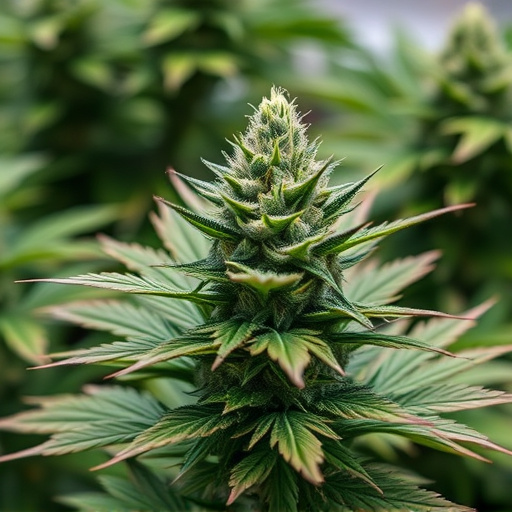
When it comes to dosing cannabis flower, especially for conditions like PTSD, a strategic approach is key. Start with micro-dosing—just a small amount (around 1-5mg THC) to gauge your body’s reaction. This method allows you to gradually increase the dose while monitoring effects, ensuring optimal results without overwhelming your system.
For cannabis strains known to be effective for PTSD, like high CBD/low THC varieties or specific hybrids, consider tailoring your dosing based on personal tolerance and desired effects. Keep a journal to track dosages, times, and observed outcomes. This practice helps in fine-tuning your intake for maximum relief from symptoms like anxiety and trauma flashbacks, while minimizing potential side effects.
When utilizing cannabis flower for PTSD relief, a meticulous understanding of both your condition and the plant’s effects is key. By evaluating suitable cannabis strains and implementing effective dosing strategies, you can navigate the treatment process with confidence. Remember, finding the right balance takes time, so be patient and consistent in your approach to reaping the full benefits of cannabis strains for PTSD management.

